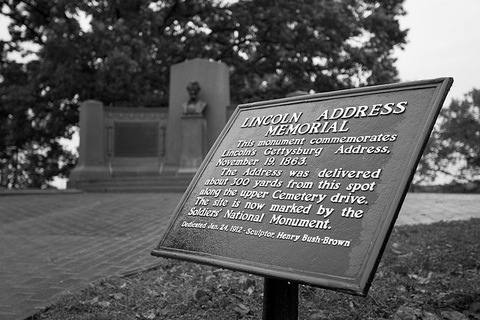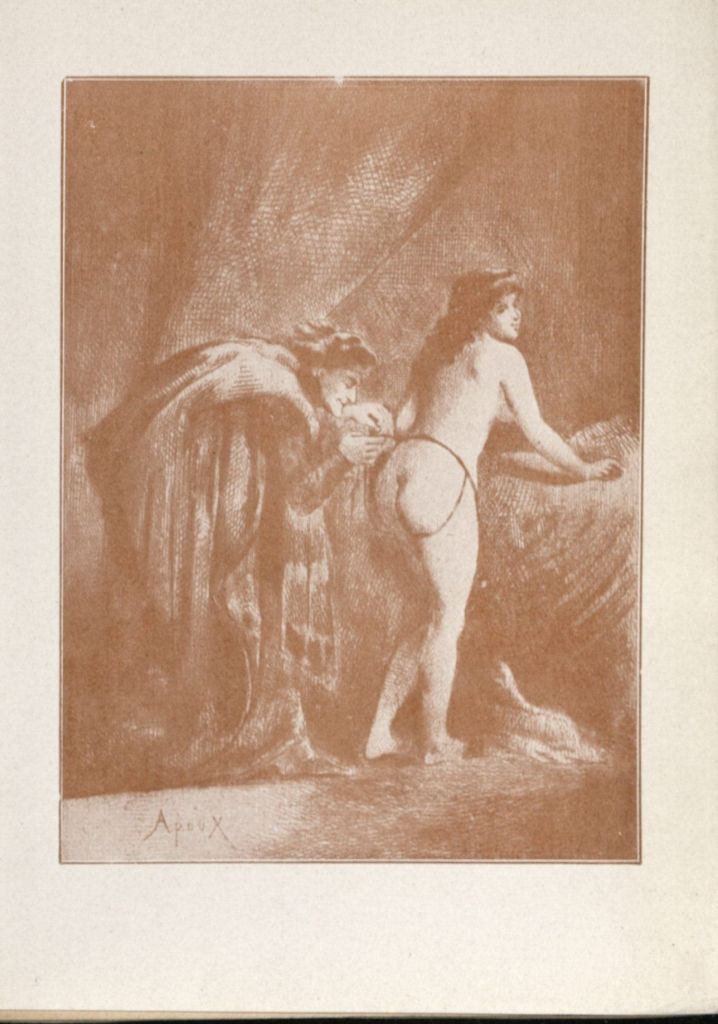
MISS PATTY: I’m the receptionist.
BABETTE: And I’m learning the computer.
MICHEL: And I’m looking for my cyanide capsule – have you seen it?
Cyanide, a highly toxic poison. Early symptoms include headache, dizziness, fast heart rate, shortness of breath, and vomiting. This phase may then be followed by seizures, slow heart rate, low blood pressure, loss of consciousness, and cardiac arrest. Onset of symptoms usually occurs within a few minutes. Some survivors have long-term neurological problems.
Cyanide capsules have been used as fast-acting suicide pills. It was the favoured suicide method in Nazi Germany, and spy agencies have issued cyanide pills to agents in case of capture.








